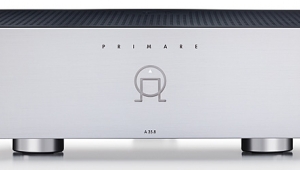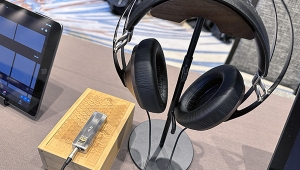| Columns Retired Columns & Blogs |
I do like his comment about distortion as with so many liking tube amps this makes sense to me. It is also true as you review and then measure so not to be swayed by what JA1 finds out.
As hard as this is for me to say, this pair of amps at their price compared to some of the prices we read about at the recent shows that are 6 figures, this pair of amps may be a bargain for those who can afford them, as well as the fact that they look superb.
















































